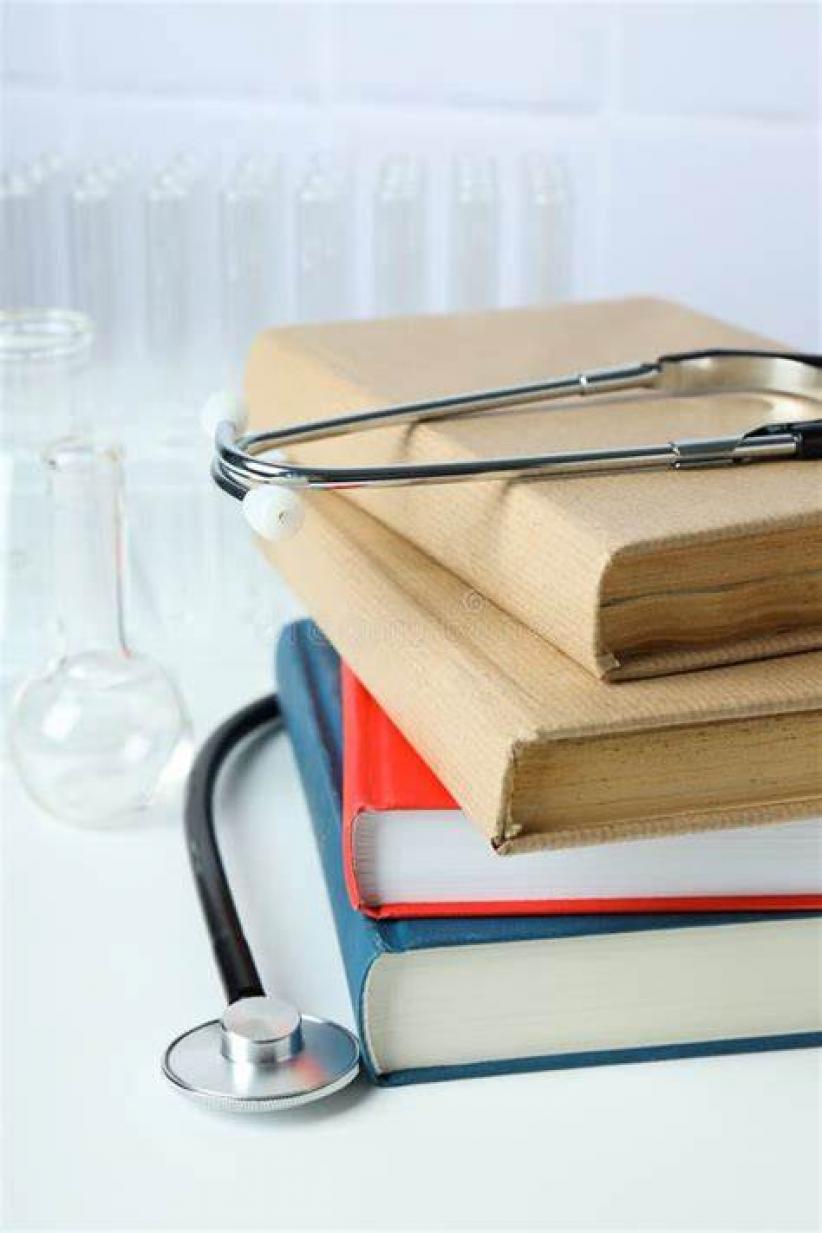


1. Understanding the Structure of Medical Articles
Medical articles generally follow a specific structure, consisting of the title, abstract, introduction, methods, results, discussion, and conclusion. Familiarizing yourself with this structure can greatly facilitate your reading process .
2. Skimming and Scanning Techniques
When faced with a large volume of medical literature, it is essential to develop effective skimming and scanning techniques. Skimming involves quickly glancing through the article to get a general understanding of its content. Scanning, on the other hand, involves searching for specific information or details within the text .
3. Active Reading and Annotation
Engage with the text by taking notes. Summarize key points, jot down questions, and make connections to your prior knowledge. This not only helps with understanding but also aids in retention .
4. Utilizing Online Tools and Resources
The internet is a valuable resource for medical students. Various online tools, such as medical dictionaries and databases, can assist you in understanding complex concepts and finding related articles .
5. Joining a Journal Club or Study Group
Learning becomes more effective when done collaboratively. Joining a journal club or study group allows you to discuss articles, share insights, and clarify doubts. It’s a great way to deepen your understanding and learn from your peers .
6. Reading Regularly and Consistently
Set aside dedicated time for reading medical literature. By doing it regularly and consistently, you’ll not only become faster but also develop a better understanding of the nuances of scientific writing .
7. Application of cognitive load theory in reading English academic articles on medical education
Cognitive load theory can serve as the basis for an effective strategy to guide English medical education article reading activities among undergraduates in China. Students' attitudes toward the reading activities were favorable, and they read the latest article within an acceptable cognitive load .
8. Methods and Materials for Medical Literature Reading
For non-medical students, focusing on the practical information involved in literature rather than the lexical and syntactic analysis is recommended. Machine translation aids reading comprehension for non-medical students. Textbooks, journals, and multimedia vehicles are recommended for non-medical students to acquire medical English and improve their reading proficiency .